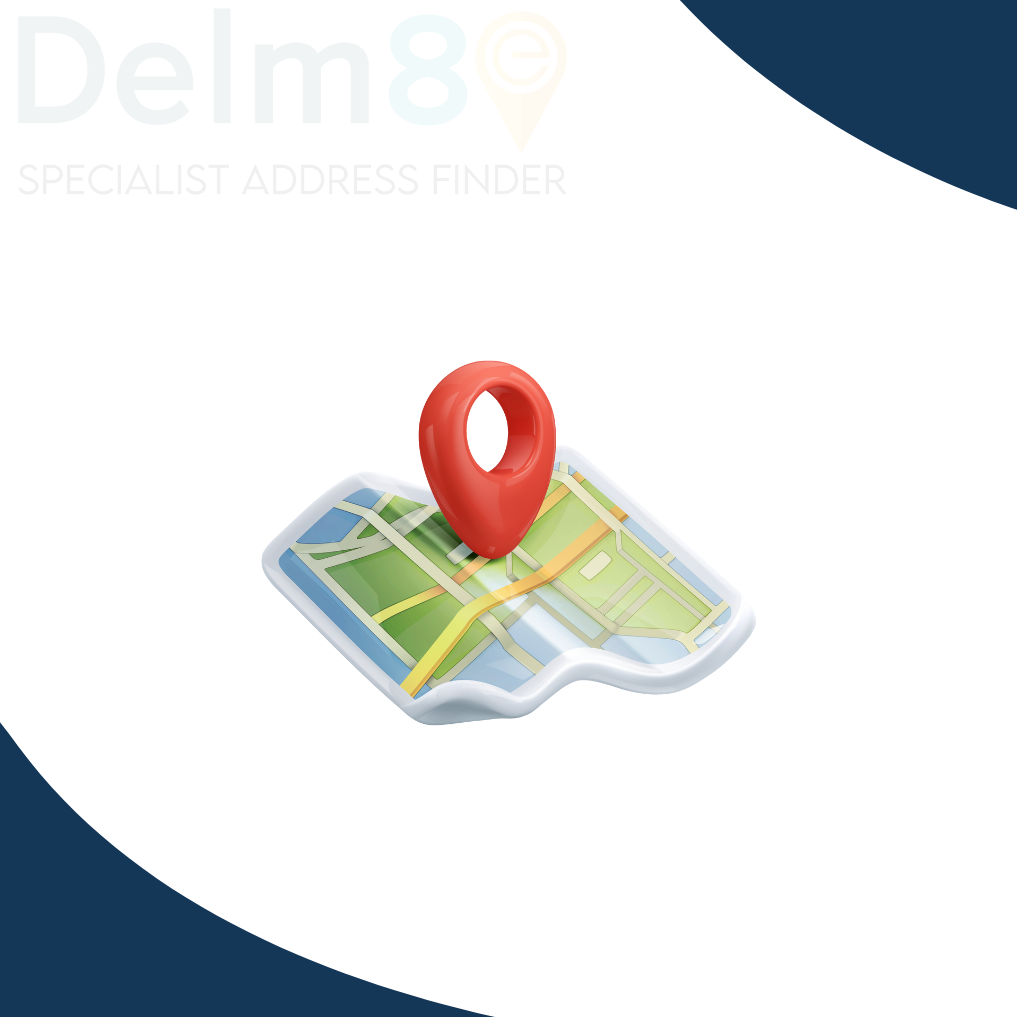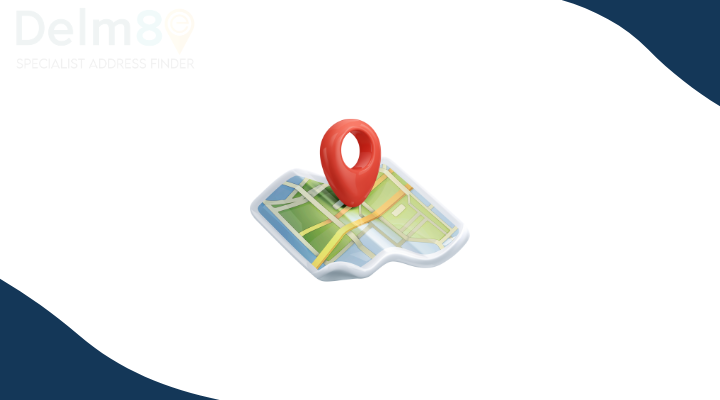Postcodes are now an essential part of everyday life in the UK. From sending letters to finding locations on a map, the postcode system simplifies navigation and communication. This article looks at the fascinating history of UK postcodes, exploring their origins, evolution, and some intriguing fun facts. If you’ve ever wondered how to use a postcode finder or what your postcode signifies, read on to discover more.

The Early Days of Postal Services
The concept of postal services in the UK dates back to the Roman era, but it wasn’t until the 17th century that a formal postal system began to take shape. In 1660, under the reign of Charles II, the General Post Office (GPO) was established. This marked the beginning of organised mail delivery in Britain. However, the system was far from perfect. Addresses were often vague, leading to frequent delivery errors and inefficiencies.
The Birth of the Postcode
The postcode system as we know it today was introduced to address these inefficiencies. The idea was first proposed in the mid-19th century but took several decades to materialise. In 1857, Sir Rowland Hill, who had already revolutionised the postal system by introducing the Penny Black stamp, suggested dividing London into ten postal districts. This idea laid the groundwork for the modern postcode system.
In 1858, London was divided into postal districts designated by a letter code, such as EC for Eastern Central and W for Western. This innovation made sorting and delivering mail more efficient and set the stage for further developments.
Expansion Beyond London
The success of London’s postal districts led to the system’s expansion to other major cities. By the early 20th century, cities like Liverpool, Manchester, and Birmingham had their own postal districts. However, the system was still relatively simple compared to today’s complex postcodes.
The most significant transformation came after World War II. The post-war boom and the rapid growth of urban areas necessitated a more detailed and comprehensive system. Thus, in 1959, the UK began introducing alphanumeric postcodes.
The Modern Postcode System
The modern postcode system was fully implemented between 1959 and 1974. The UK was divided into postcode areas, each identified by one or two letters, followed by a numerical district code. For example, the postcode for central London might be EC1A 1BB, where ‘EC’ denotes the area, ‘1A’ specifies the district, and ‘1BB’ pinpoints a specific address.
The Structure of a Postcode
Understanding the structure of a UK postcode can be fascinating. It typically consists of two parts: the outward code and the inward code. The outward code (e.g., SW1A) directs the mail to a specific area, while the inward code (e.g., 1AA) helps identify the exact address. This system ensures that mail can be sorted and delivered with remarkable precision.
Fun Facts About UK Postcodes
Here are some fun facts that highlight the unique aspects of the postcode system:
- Postcodes in Pop Culture: UK postcodes have also made their way into popular culture. The postcode SW1A 1AA is perhaps the most famous, belonging to Buckingham Palace. This postcode has been featured in numerous films, TV shows, and books, often symbolising the British monarchy.
- Postcode Lottery: In the UK, there is a charity lottery called the “People’s Postcode Lottery”, where winners are determined based on their postcode. It’s a popular way to raise funds for various good causes while allowing residents to win cash prizes.
- The Most Expensive Postcode: The postcode area with the highest property prices in the UK is typically around central London, particularly SW1 and W1. Properties in these areas can reach astronomical prices due to their prestigious locations.
- The Far-Reaching Influence: The UK postcode system has influenced postal systems worldwide. Many countries have adopted similar alphanumeric systems to streamline their mail delivery processes. The UK’s approach to postcodes has become a model of efficiency and precision.
The Future of Postcodes
As technology continues to evolve, so does the postcode system. The rise of e-commerce and the increasing reliance on online services have put additional pressure on postal systems to be even more accurate and efficient. Innovations such as geocoding and advanced postcode finders are already making a difference.
In recent years, there’s been talk of integrating postcodes with digital mapping services to create a seamless user experience. This could involve using GPS coordinates alongside traditional postcodes to enhance accuracy and convenience. The future of postcodes is likely to be a blend of traditional methods and cutting-edge technology.
Postcode Finder: A Modern Convenience
With the complexity of the modern postcode system, tools like the postcode finder have become essential. Whether you’re sending a parcel, planning a route, or simply trying to locate an address, a postcode finder can save you time and effort. These online tools allow users to enter a partial address or even just a landmark and retrieve the corresponding postcode quickly and accurately.
Enhance Your Delivery Efficiency with Delm8 Route Planner
The history of UK postcodes highlights the importance of precise address systems in our daily lives. For those in delivery and logistics, efficiency is crucial. Delm8 Route Planner is designed to meet this need, especially with the UK’s challenging addresses like farms and cottages.
Delm8 Route Planner stands out by using actual addresses rather than postcodes, ensuring pinpoint accuracy for every delivery. Whether you’re a courier driver, agency driver or food delivery driver, Delm8 Route Planner can save you time, reduce fuel consumption, and increase your efficiency.
Experience the benefits for yourself. Try Delm8 Route Planner for free today and discover why it’s the UK’s most accurate route planner.
App Store: Delm8 Route Planner on the App Store
Play Store: Delm8 Route Planner on Google Play



